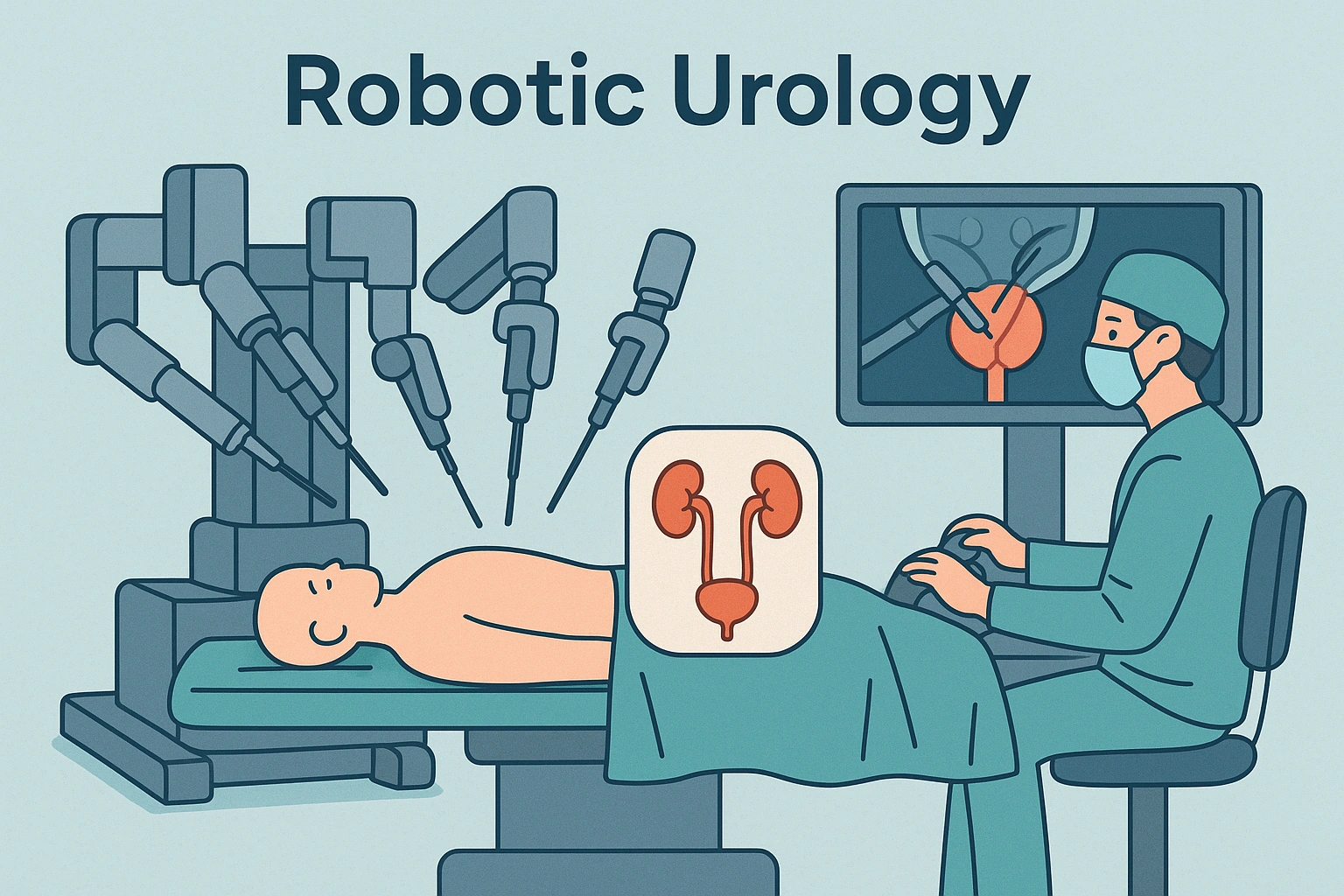By Prof. Dr. H Sanjay Bhat
Senior Consultant Urologist, Al Zahra Hospital, Al Barsha, Dubai
MBBS, MS, DNB (Surg), MCh (Urol), FRCS (Edin)
I am Prof. Dr. H Sanjay Bhat, a practicing urologist at Al Zahra Hospital, Al Barsha, Dubai. As a Malayali urologist and an Indian urologist in Dubai, many diabetic patients consult me with urinary or kidney-related concerns and tell me:
“Doctor, I thought diabetes only affects the heart and eyes. I never knew it can hurt my kidneys and urinary system!”
If you’ve ever felt the same, please know — you’re not alone. Today, I want to speak to you directly, in simple conversational language, just like I would explain to a member of my own family.
Let’s understand together why diabetes patients should consult a urologist regularly, and how taking simple preventive steps can help you stay healthy and confident.
Common Questions I Hear from Diabetic Patients
“Doctor, diabetes affects sugar levels, right? How does it affect my kidneys?”
Yes, diabetes mainly affects blood sugar. But when sugar levels remain high over the years, it strains the small blood vessels in the kidneys. Think of your kidneys as water filters. When the filter weakens, impurities begin to stay back. With timely check-ups, we can protect kidney function before any significant impact occurs.
“I feel completely fine. Is it still necessary to visit a urologist?”
Yes, and that is actually the ideal time to consult. Kidney concerns usually begin quietly and without discomfort. Preventive care keeps you healthy. If you’ve had diabetes for more than five years, even without symptoms, schedule a yearly check-up with a urologist in Dubai or search for a urologist near me.
“Are there early symptoms I should watch for?”
You may notice increased urination, mild burning, difficulty holding urine, slight swelling around the legs or eyes, fatigue, or in men, changes related to sexual health. Even without symptoms, annual evaluation is recommended.
“Why are kidney issues more common among diabetic patients in the UAE?”
The high temperatures often lead to reduced water intake. Combined with a busy lifestyle and higher diabetes prevalence, this increases the risk of kidney stones, infections, and urinary concerns. Making hydration and diet adjustments helps significantly.
“Do urine infections happen more often with diabetes?”
Yes. High sugar levels in urine promote bacterial growth. With proper guidance and hydration, such infections can be minimised.
“Can diabetes affect sexual health as well?”
It can, especially in men. With early consultation and appropriate treatment options, most patients experience positive improvement and regain confidence.
“What tests should I undergo regularly?”
Typically, kidney function tests, urine protein assessment, ultrasound of kidneys and bladder, and prostate checks for men above 45. These are simple and non-invasive.
“How often should I consult a urologist?”
If you feel well, once a year is sufficient. If symptoms or urinary issues are present, consider visits every six months or as per medical advice.
“Is it too late to begin monitoring if I’ve had diabetes for many years?”
Not at all. Starting now helps protect kidney health and supports quality of life. It is always the right time to act positively.
“Does consulting a urologist improve overall wellbeing?”
Yes. Healthy kidneys and urinary function contribute to better energy levels, sleep, and emotional confidence. Many patients recognise these benefits soon after timely guidance.
“Is hydration really so important?”
Yes, especially in Dubai’s climate. Drinking the correct amount of water, as medically advised, supports natural kidney protection.
“Can I still live a normal lifestyle with diabetes?”
Definitely. With balanced sugar control and regular preventive monitoring, most diabetic patients live active, healthy lives.
“Does early consultation reduce future risk?”
Yes. Preventive care is easier and more effective than later treatment.
“Are the tests painful or difficult to perform?”
No. Most involve simple laboratory tests and an ultrasound, which are comfortable and quick.
“Will consulting a urologist change my medicines?”
Not usually. Your urologist works alongside your diabetologist to ensure a complete and safe care plan.
“Can diet adjustments help protect my kidneys?”
Yes. Balanced meals, reduced salt, limited processed foods, and appropriate hydration all benefit kidney function.
“Can early kidney stress be improved without strong medication?”
In many early cases, yes. Lifestyle changes and regular monitoring are often sufficient.
“Are kidney stones preventable for diabetic patients?”
Yes, especially with proper hydration and personalized dietary guidance.
“Will regular follow-up give me peace of mind?”
Most patients report increased confidence and control after consultation. Clear understanding helps reduce worry.
“What should I do now?”
If you have not consulted a urologist for diabetes-related evaluation in the past year, this is the right time. Whether you search for an Indian urologist, Malayali urologist, best urologist in Dubai, or simply urologist near me, choose someone you are comfortable with and begin regular follow-up.
To make it more convenient for my patients in both the UAE and India, I maintain a structured monthly schedule. Every month, I am available from the 1st to the 10th at Rajagiri Hospital in Kochi, India, where I provide consultation and advanced urological care. From the 11th to the 30th of every month, I consult at Al Zahra Hospital in Al Barsha, Dubai. This consistent routine allows patients to plan their appointments with clarity. Whether you are based in Dubai, elsewhere in the UAE, or in India, you can choose the location and date that works best for you. Anyone with diabetes or urinary concerns is encouraged to schedule an appointment within the appropriate period for timely guidance and care.
📍 Where & When You Can Meet Me
🩺 In Dubai (Al Zahra Hospital, Al Barsha):
📆 Available every month from 11th to 30th
📞 You can book directly via WhatsApp or contact Al Zahra Hospital
🔗 Hospital website: https://azhd.ae/
🗓️ Or book online via Doctify: https://www.doctify.com/en-ae/specialist/sanjay-bhat
🇮🇳 In India (Rajagiri Hospital, Kochi):
📆 Available every month from 1st to 10th
Final Words from Me
Your kidneys work constantly to maintain balance within your body. A little attention at the right time supports long-term wellbeing. As someone who has treated thousands of diabetic patients, my sincere advice is to act early rather than react later. Do not wait for symptoms. Take preventive measures. Consult a qualified urologist regularly.
If you are diabetic and would like clarity or support, I am available in Dubai and happy to help with the same care and attention I would provide to my own family.
Stay hydrated. Stay positive. Your health is your strength.

















